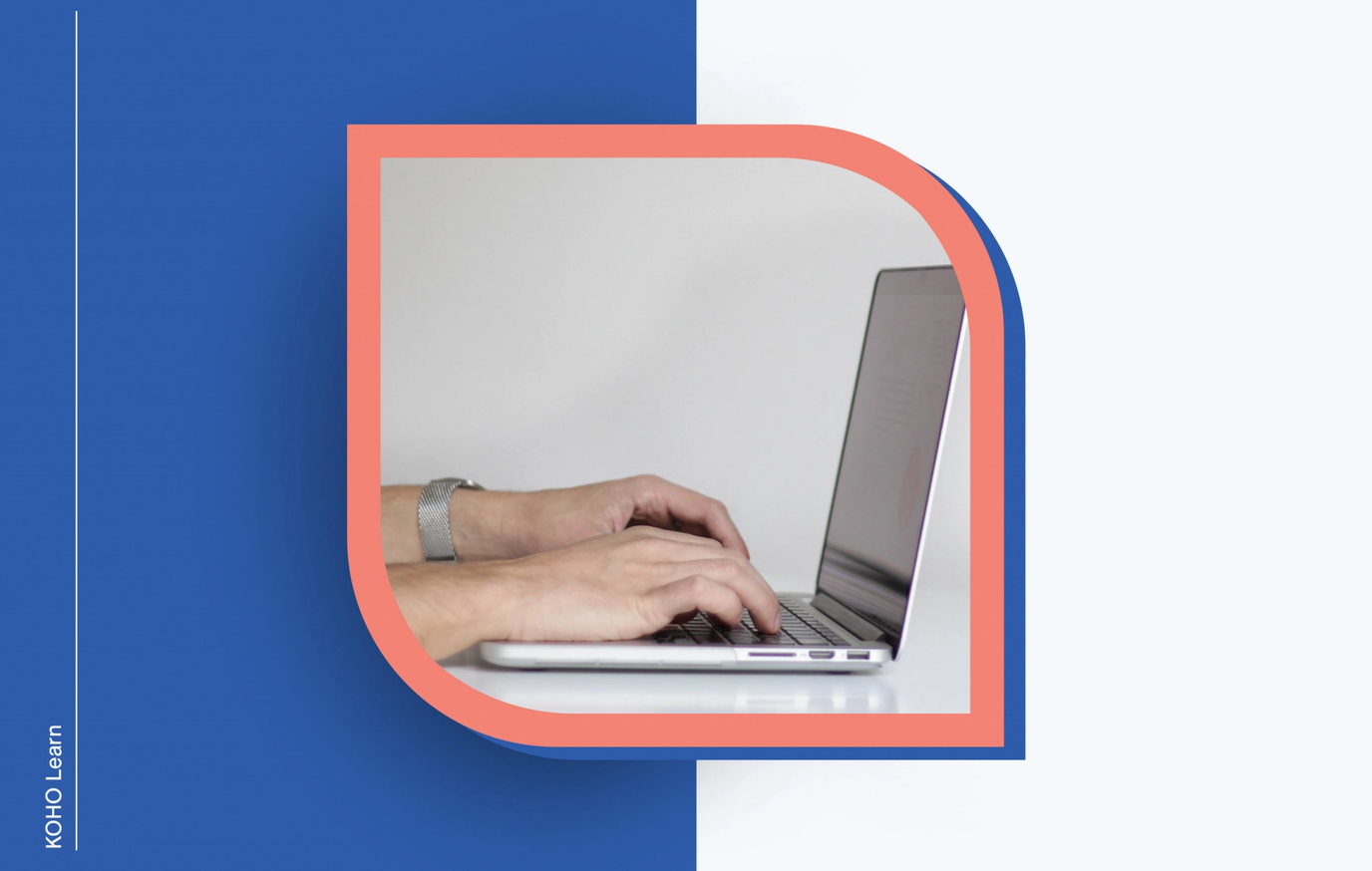
Rounding it up
Most major banks in Canada let you deposit a cheque online through a mobile app.
Depositing a cheque online via a mobile app can be very convenient as it eliminates the need to go to a physical bank branch.
Hold times on cheques deposited via mobile apps can be longer than hold times for cheques deposited in person.
Some banks have limits on what kinds of cheques you can deposit online, so you may need to go to a bank branch for certain kinds of transactions.
Always verify any fees that you might be charged for depositing your cheque with your bank before you proceed with your transaction.
Keeping your online banking account information safe by using strong passwords and avoiding public or free Wi-Fi networks is essential to protecting your account from fraud while depositing cheques online.
Let’s be real: Cashing cheques can be a bit of a pain.
The traditional process of cashing cheques requires taking your cheque to the bank, filling out a deposit slip, waiting in line for a teller, and then standing around while the teller processes your transaction. If you’re like most busy Canadians, finding time in your day to cash a cheque can be a struggle, especially since many banks are only open during standard business hours.
Thankfully, we live in a rapidly modernizing world where everything from health care to grocery shopping can be done online. All of these modern digital conveniences bring up an interesting question: Can you cash a cheque online in Canada?
Good news! You can typically cash a cheque online in Canada, so long as you meet a few basic requirements. Most major Canadian banks support remote cheque deposits, which means that you can generally deposit a cheque from your mobile device by uploading photos of your cheque and providing a few details about your transaction.
But as is the case with most things finance and tech-related, depositing your first cheque online can feel a bit overwhelming. In this article, we’ll discuss some need-to-know information about cashing cheques online so you can decide how to best handle your own finances.
Can I Deposit a Cheque Online in Canada?
In our rapidly digitizing world, many of us rarely ever deal with physical methods of payment like cheques. However, at some point in your life, you might receive a cheque that you need to cash. When this happens, you need to know precisely how cashing cheques works so that you can get your funds as quickly as possible.
Traditionally, depositing or cashing a cheque meant that you had to go to a physical bank branch with your cheque, fill out a deposit slip, and hand all of your information to a teller to process your transaction.
The advent of ATMs (automated teller machines) has made it even easier for a lot of us to avoid going to banks at all since you can use one of these machines to deposit and withdraw funds from your chequing account.
In more recent years, financial institutions have streamlined the banking process by providing you with online access to your accounts. You can now download mobile apps from most major banks (and even non-banks like KOHO, too!) and handle all of your transactions from the comfort of your own home.
So do these mobile apps let you deposit cheques remotely? They sure do!
While we can’t speak to the specifics of every single bank in Canada, all of the big five banks—and most other major financial institutions that accept cheque deposits—let you make these deposits from their mobile apps.
How to Deposit a Cheque with Your Mobile Device in Canada
Depositing a cheque with your phone might sound like some space-age stuff if you’ve never done it before, but it’s surprisingly simple.
You’ll want to verify the specific process that your bank wants you to follow before depositing your first cheque. But most banks require that you complete steps similar to those listed below to deposit a cheque from your phone:
Log in to your bank’s mobile app.
Press the button to deposit a cheque.
Endorse your cheque with your signature.
Enter the value of your cheque.
Take photos of the front and back of your cheque using your phone’s camera.
Verify and confirm the details of your cheque.
Store your cheque in a safe place until the deposit clears (or after 2–4 weeks, depending on the bank).
But even though this process is fairly streamlined, there are a few things to keep in mind when depositing a cheque from your phone, including:
Eligibility – Not all cheques are eligible for mobile deposit. As a general rule, you can only deposit cheques online if they are (1) made out to you, (2) denominated in Canadian dollars, and (3) from a Canadian financial institution. Many banks won’t accept counter-signed cheques or cheques in foreign currencies for mobile deposits. In some cases, banks will only accept online cheque deposits if the cheque value is below a certain value threshold (for example $5,000). Verify any eligibility requirements with your bank before you make a deposit from your phone.
Fees – Relatively few banks charge fees for mobile cheque deposits. But to be on the safe side, contact your bank to see if there are any fees associated with depositing funds remotely from your mobile device.
Hold Periods – Banks are allowed to hold funds from cheque deposits for security and anti-fraud purposes. So long as your cheque meets certain requirements, banks can only hold your funds from a mobile cheque deposit for up to 5 to 8 business days (depending on the size of your transaction). But if a bank suspects fraud or some other issue with your transaction, it can take longer to receive your funds.
Cyber Security – The Financial Consumer Agency of Canada (FCAC) states that mobile cheque deposits are just as secure as any other banking transaction you might make from your phone or computer. However, your transaction is only as secure as your device and network allow it to be. The FCAC doesn’t recommend depositing cheques using a phone that’s connected to public or free Wi-Fi networks as doing so leaves you exposed to hackers and identity thieves. Always practice good cyber security while online and contact your bank immediately if you think someone was able to get unauthorized access to your account.
Endorsements – You generally need to sign (i.e., endorse) a cheque in order to deposit it. Some banks have specific instructions you need to follow for endorsing a cheque that you’re going to deposit remotely. In some cases, you might also need to write “For Deposit Only at [Your Bank’s Name]” in order to make a mobile deposit. Read your bank’s mobile deposit instructions for more specific guidance on what you need to do to endorse your cheque.
Cheque Disposal – It can be tempting to throw out a cheque once you deposit it online. But, in the off chance that there’s an issue with your deposit, you’ll need the original cheque as proof of your payment. To err on the side of caution, it’s often a good idea to keep your cheque for at least 2–4 weeks after your deposit just in case there’s a problem with your transaction.
Other Ways to Deposit a Cheque in Canada
Not sure that online cheque deposit is right for you? Fear not—there are other ways to deposit a cheque in Canada. These include:
In-Person – If you’re new to handling cheques, depositing your cheque in person at a bank can be helpful. The teller at the bank can help you through the transaction process and can walk you through the steps you need to take if you’re not sure how to proceed with depositing a cheque. Going to a bank may also be your only deposit option if your cheque is from a foreign country or if it’s counter-signed.
At an ATM – Many ATMs now accept cheque deposits, which can be very helpful if you don’t live near a bank or can’t get to a bank branch during business hours. But you may not be able to deposit cheques at ATMs that aren’t run by your bank (i.e., third-party ATMs). Always practice basic ATM safety, too, whenever you use an ATM to withdraw or deposit funds.
Via Mail – Depositing cheques via mail isn’t a very popular thing to do anymore, but some major banks still accept these sorts of transactions. The downside of depositing a cheque via mail is that it can take a long time to arrive at your bank’s headquarters. There’s also a risk of theft if your cheque gets lost or stolen en route. If you’re interested in depositing a cheque via mail, contact your financial institution directly to see if this is an option for your chequing account.
Online Cheque Deposit: A New Way to Handle Old-School Technology
Cheques are an old-school payment method that many of us don’t handle on a day-to-day basis. However, there are times when receiving payments via cheque is unavoidable, so it’s worth knowing how to deposit a cheque if you ever need to do so.
Online cheque deposit via your mobile phone is a popular and easy way to cash a cheque without ever having to leave the comfort of your own home.
That said, anyone using a bank’s mobile app to deposit a cheque should have a thorough understanding of how the process works and what fees might be involved. It’s also important that you take steps to protect your online banking account from fraud by creating strong passwords and only accessing your account when you’re connected to a secure internet network.
But so long as you follow a few basic precautions, your bank’s mobile app can be a convenient and easy way to deposit a cheque from anywhere life might take you.

About the author
Gaby Pilson is a writer, educator, travel guide, and lover of all things personal finance. She’s passionate about helping people feel empowered to take control of their financial lives by making investing, budgeting, and money-saving resources accessible to everyone.
Read more about this author